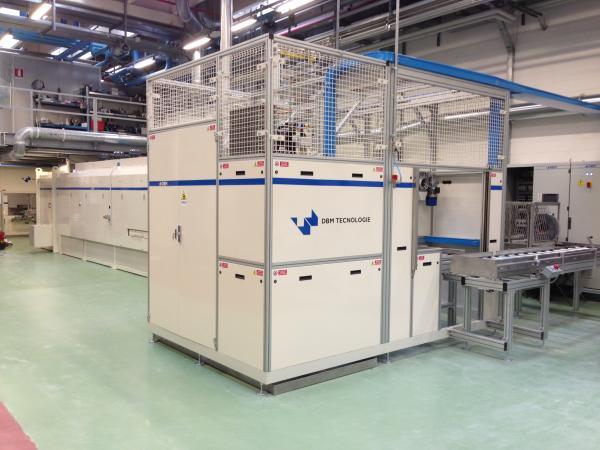Metal impregnation is a process used to give metal materials and components a greater hardness, improving their performance and strength.
In this article we will see what it is and the phases of the impregnation process. Then we will present DBM Tecnologie system and machinery for the vacuum metal impregnation.
Metal impregnation is a specialised treatment carried out by penetrating reinforcing acrylic resins into the porous structure of the metal.
In fact, this process is used to fill the microporosities due to the casting, die-casting or sintering processes applied in foundries to produce metal objects and elements.
So, impregnation reinforces the structure of the products, hardens them and improves their mechanical properties. Thanks to this technique, metals better resist the action of external agents, mechanical and thermal stresses.
The impregnation process follows a series of well-defined steps to ensure a uniform and complete application of the consolidant.
The microporosities on which the metal impregnation process acts can vary in size and characteristics. For example, the closed pore is microscopic and isolated within the material without external connections. A blind pore is a kind of internal void closed only at one end. Finally, through porosity appears as a network of interconnected voids passing through the material: a conformation that simplifies the application of the resin.
Metal impregnation finds application in various industrial sectors, such as automotive, aerospace and medical sector. In the next paragraph, we will present DBM technology solutions for impregnation, and we will focus on the vacuum impregnation technique.
DBM systems for metal impregnation also find application in the treatment of carboceramic composite materials. We are talking about high-tech materials with carbon-based components and synthetic fibres for the automotive sector.
As we were saying, the vacuum impregnation process is used here. In fact, the consolidating agent is applied to metal objects inside a vacuum chamber: the reduced pressure of the environment facilitates the uniform penetration of the resin into the microporosities.
Vacuum impregnation of metals is particularly advantageous because it eliminates air trapped inside the pores and allows the consolidating agent to penetrate more efficiently. In addition, PLC controls on the processing line allow the vacuum level to be calibrated and the different treatment steps to be managed.
Depending on the company's needs, our GEMINI SV vacuum impregnation systems can be developed according to different conformations.
To the usual phases of washing and cleaning, immersion in the tank in a vacuum environment for resin impregnation, dripping and polymerisation, may be added:
DBM Tecnologie also designs and manufactures drying ovens that can be used precisely for post-impregnation treatment. These are industrial tunnel ovens that reach temperatures up to 600 °C.
DBM's metal impregnation plants and related machinery are versatile and able to adapt to companies' needs. To find out more, contact our technicians and tell us what you are looking for: we will work with you to find the best solution for your company's needs.
